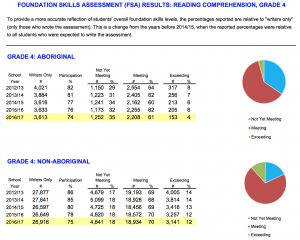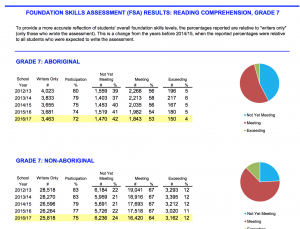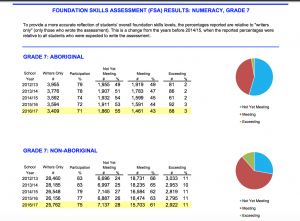The development of a model of culturally responsive science and mathematics teaching by Cecilia M. Hernandez, Amand R. Morales and M. Gail Shroyer
I chose to read this paper as it pertained to Culturally Responsive Education (CRE) in mathematics and science. The purpose of the paper was to conduct a “qualitative theoretical study” (p. 803) of “preparation and assessment of teacher candidate for culturally responsive teaching” (p. 803). The paper was written in 2013 and the researchers did an excellent job of providing a comprehensive review of literature of CRE. The researchers determined the need for CRE was due to a large increase of Hispanic Latino/a students within the school system they studies. Even though the study focused on a different cultural group I felt the paper was worth reading as it research the subject matter I was interested in for CRE. The authors defined a CRE model to include 5 themes: (1) content integration: “the inclusion of content from many cultures” (p. 810), (2) facilitating of knowledge construction: “ critical, independent thinkers who are open to other ways of knowing (P. 810), (3) prejudice reduction: teacher’s ability to use contextual factors to approach to build a positive, safe classroom environment…(p. 810), (4) social justice: “a teacher’s willingness ‘to act as agents of change’” (p. 810), and (5) academic development: “teacher’s ability to ‘create opportunities in the classroom” that aid all students in developing as learners to achieve academic success…”(p. 810). What I found interesting about this article is it had the different definition of CRE compared to Nicol et al. (2013) but there were similar elements especially the strong emphasis on building relationships. The article noted the need to not only teach the curriculum subject matter but also to “understand the increasingly diverse students in the classroom” (p. 817). They concluded that their model was a practical tool which could be used in the science and math fields just as Nicol et al. Once again we are reminded that there is no single approach or set of steps to achieving CRE but a teacher’s willingness to put forth the effort to build relationships, learn the community’s culture and incorporate it into the curriculum and instruction.
References:
Hernandez, C. M., Morales, A. R., & Shroyer, M. G. (2013). The development of a model of culturally responsive science and mathematics teaching. Cultural Studies of Science Education, 8(4), 803-820. doi:10.1007/s11422-013-9544-1
Nicol, C., Archibald, J., & Baker, J. (2013). Designing a model of culturally responsive mathematics education: Place, relationships and storywork. Mathematics Education Research Journal, 25(1), 73-89. doi:10.1007/s13394-012-0062-3





